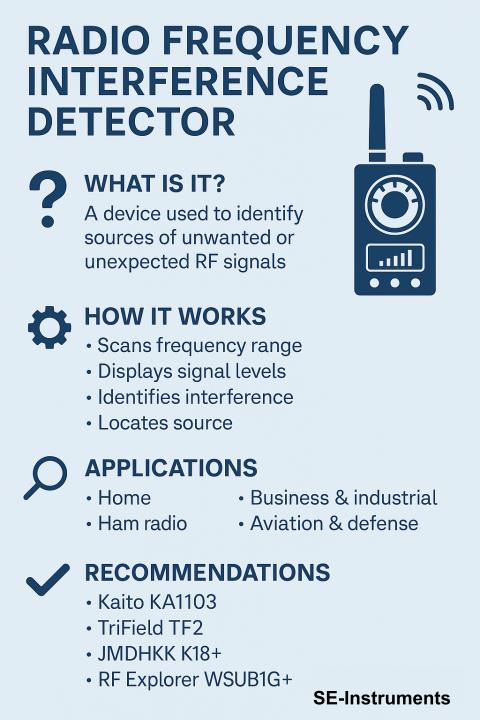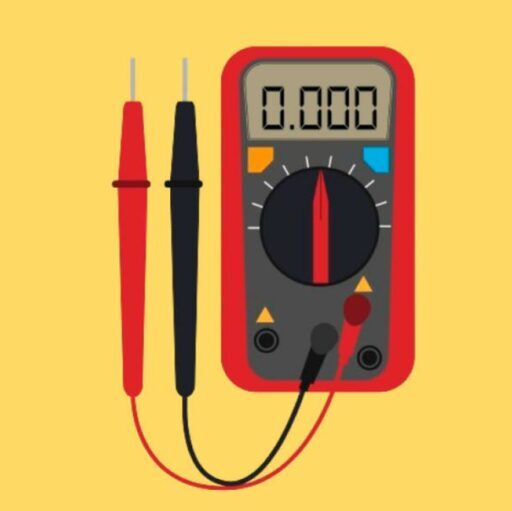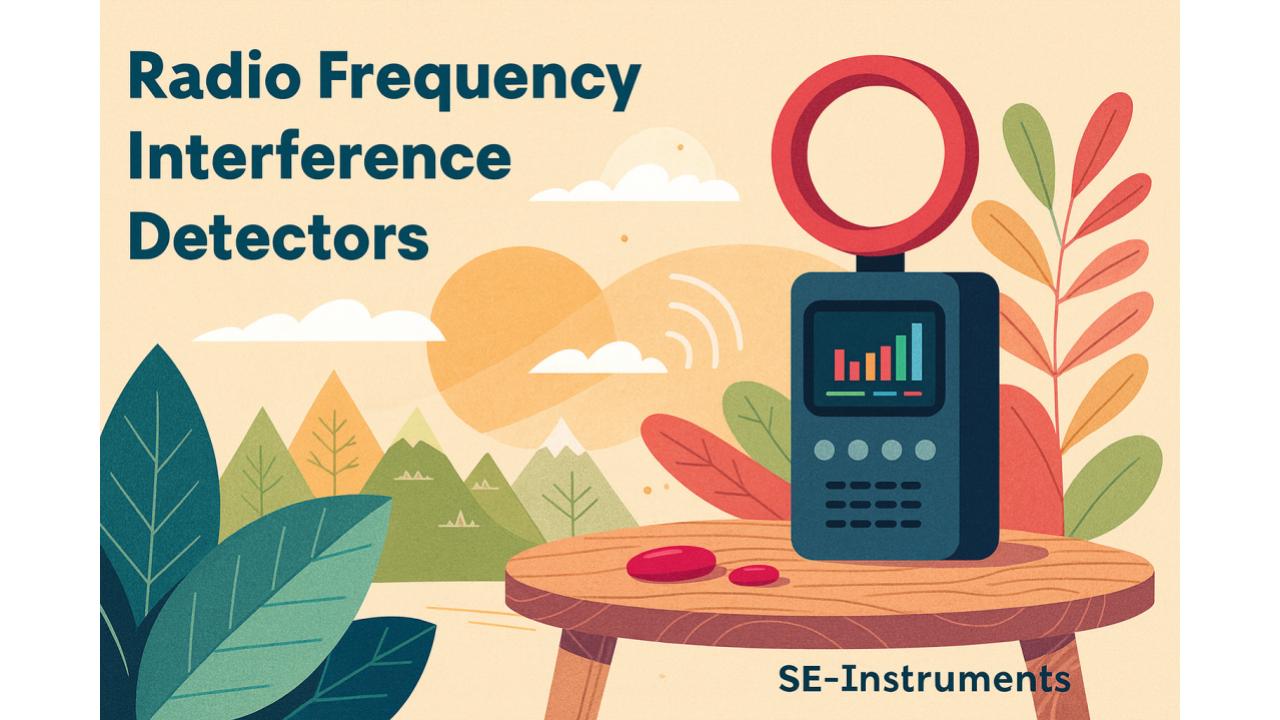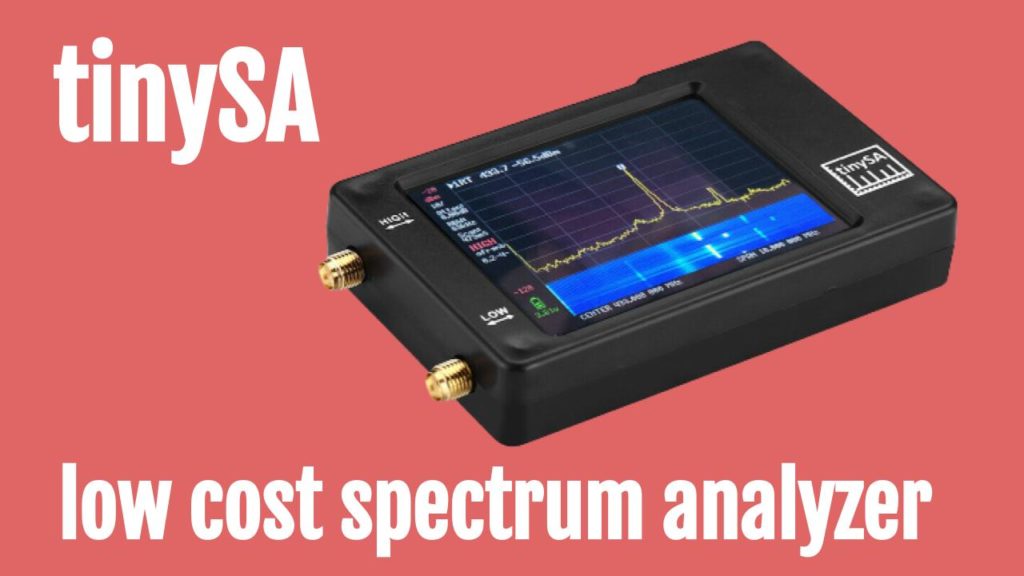📡 Radio Frequency Interference (RFI) is a common issue in today’s connected world. From dropped Wi-Fi signals to distorted audio, RFI can disrupt the performance of various electronic devices. A Radio Frequency Interference Detector helps locate and diagnose these issues efficiently.
In this article, we’ll explore what RFI detectors are, how they work, where they’re used, and which ones are worth buying.
Table of Contents
❓ What Is a Radio Frequency Interference Detector?
A Radio Frequency Interference Detector (or RFI detector) is a device designed to identify unwanted or unexpected RF signals that interfere with wireless communication systems.
RFI can come from many sources—electrical equipment, faulty power lines, poorly shielded cables, or even consumer electronics. RFI detectors help pinpoint the source of these signals so they can be mitigated or eliminated.

⚙️ How Does a Radio Frequency Interference Detector Work?
RFI detectors typically consist of:
- Antenna: Captures the electromagnetic signals.
- Tuner or Spectrum Analyzer: Identifies signal frequency and strength.
- Display or Indicators: Shows signal levels visually (bars, graphs, or numeric values).
- Audio Output (optional): Some detectors allow you to hear interference as audio static or buzzing.
They scan a range of frequencies (typically from a few MHz up to several GHz) and show where strong or abnormal RF energy is detected. This allows users to walk around with the detector and identify the exact source of interference.
🔍 Common Applications of RFI Detectors
RFI detectors are used in a variety of settings:
🏠 Home
- Diagnosing Wi-Fi dead zones
- Detecting interference from microwave ovens, cordless phones, or Bluetooth devices
🏢 Business & Industrial
- Locating machinery or lighting systems emitting RF noise
- Ensuring reliable communication in offices and factories
📡 Ham Radio and Broadcast
- Reducing noise in ham shack setups
- Protecting transmitters and improving signal clarity
✈️ Aviation and Defense
- Ensuring clean signals in radar, GPS, and aircraft communication systems
✅ Recommended RFI Detectors
Here are a few popular and well-reviewed options across different use cases:
| Product | Frequency Range | Features | Best For |
|---|---|---|---|
| GQ EMF-390 | Broad EMF + RF | Measures RF, magnetic, and electric fields | Home/office diagnostics |
| JMDHKK K18+ | 1 MHz – 6.5 GHz | Detects bugs, hidden cameras, wireless RF sources | Security & surveillance |
| RF Explorer WSUB1G+ | 240 MHz – 960 MHz | Spectrum analyzer with LCD, USB interface | Technical professionals |
| Surecom SF-401 Plus | 20 MHz – 3 GHz | Signal strength meter with audio | Field detection, general RFI checks |
💡 Tips for Using an RFI Detector
- Scan in different directions and move slowly.
- Turn off known devices to isolate unknown sources.
- Use at different times of day—some RFI is intermittent.
- Combine with a directional antenna for better precision.
🧩 Final Thoughts
If you’re dealing with mysterious signal drops or buzzing electronics, an RFI detector can be a powerful diagnostic tool. Whether you’re a ham radio operator, a network technician, or just someone tired of Wi-Fi issues, these detectors help restore clean communication in our increasingly wireless world.




